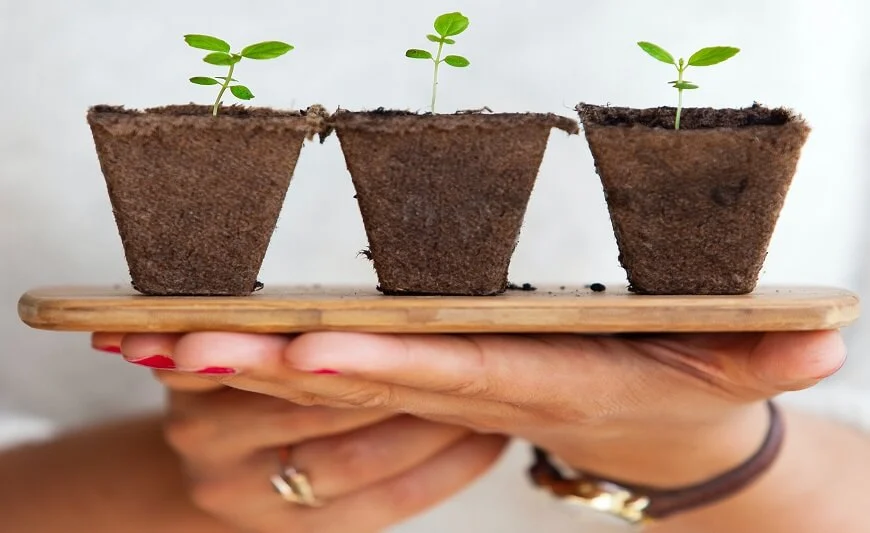
The more time I spend around gardening friends and reading posts from fellow bloggers, the more I find myself using deductive reasoning and Google to translate “gardening terms”. It seems that there is an entire dialect spoken by gardeners. If you too are an amateur Gardner (or sometimes feel like one), this list of gardening terminology may come in handy.
Bare Root
“Oh dear, its dead” I remember thinking to myself the first time I saw a bare root tree. Fortunately, retaining this as an inside thought prevented what could have been an embarrassing moment. After reaching a state of dormancy resulting in muted color and leafless branches, bare root trees look fragile. Don’t dismiss their resiliency, bare root plants are highly efficient, reserving their energy for the ideal growing conditions. With a simplified root structure, bare root trees are easier, lighter (and as you might expect), less expensive to ship. These agile plants will have your back thanking you. If you choose a bare root plant, be sure to allocate proper time (likely a few hours) to rehydrate and be mindful about the soil that you choose to use. Feed it well, especially if you plan on it feeding you.
Bolt
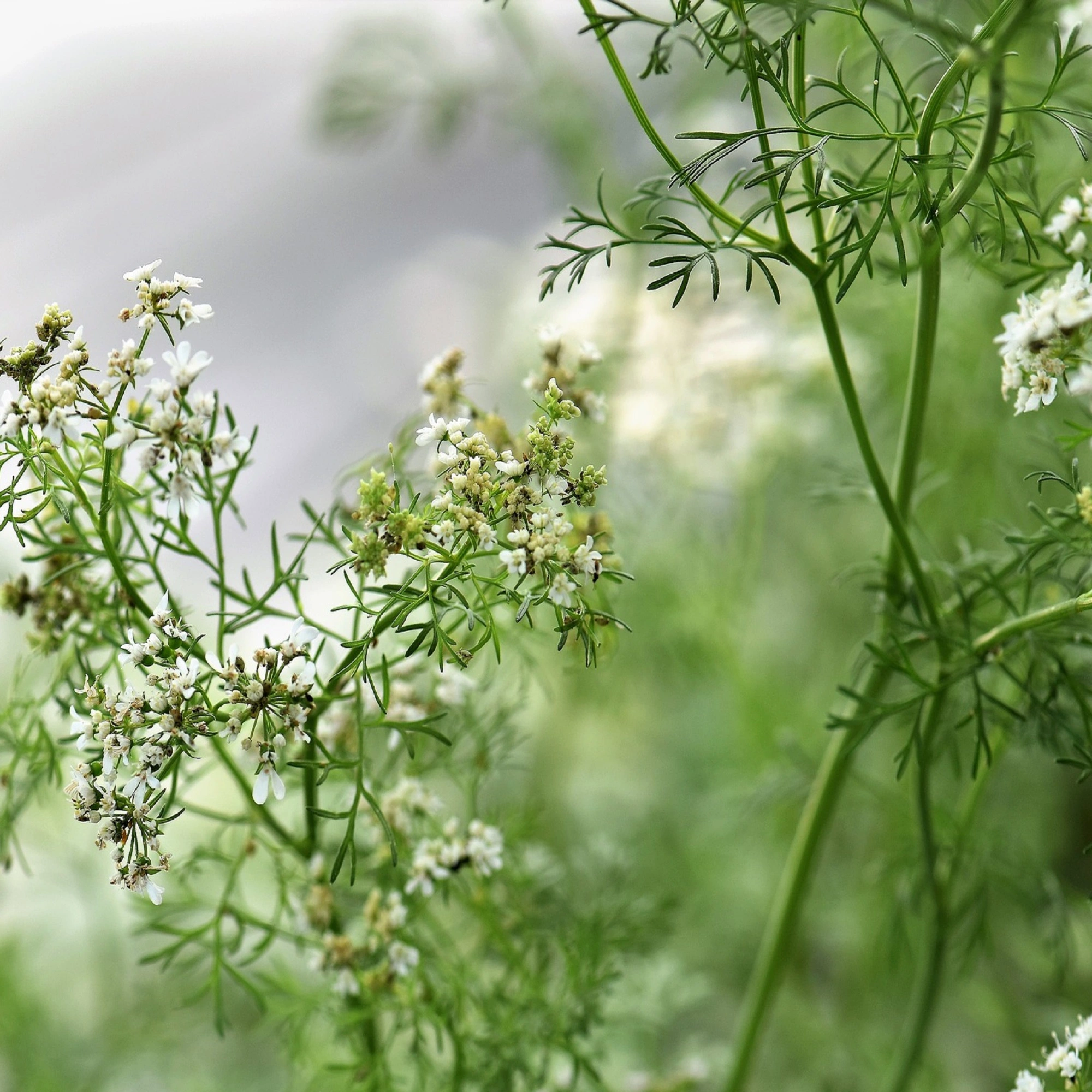
This happens when a plant goes to seed prematurely. Cilantro has been a repeat offender, in my garden. I cringe when I see the flowers pop out from the top. They are quite pretty, but I know that once they arrive, the flavor of the leaves has completely disappeared. Bolting is the process of a pant recognizing that its end is near and producing flowers and seeds for the next season. Knowing that the plant had completed its lifecycle should bring satisfaction…but sometimes I am a little selfish wishing for one more batch of guacamole with garden-fresh cilantro.
Bumper Crop
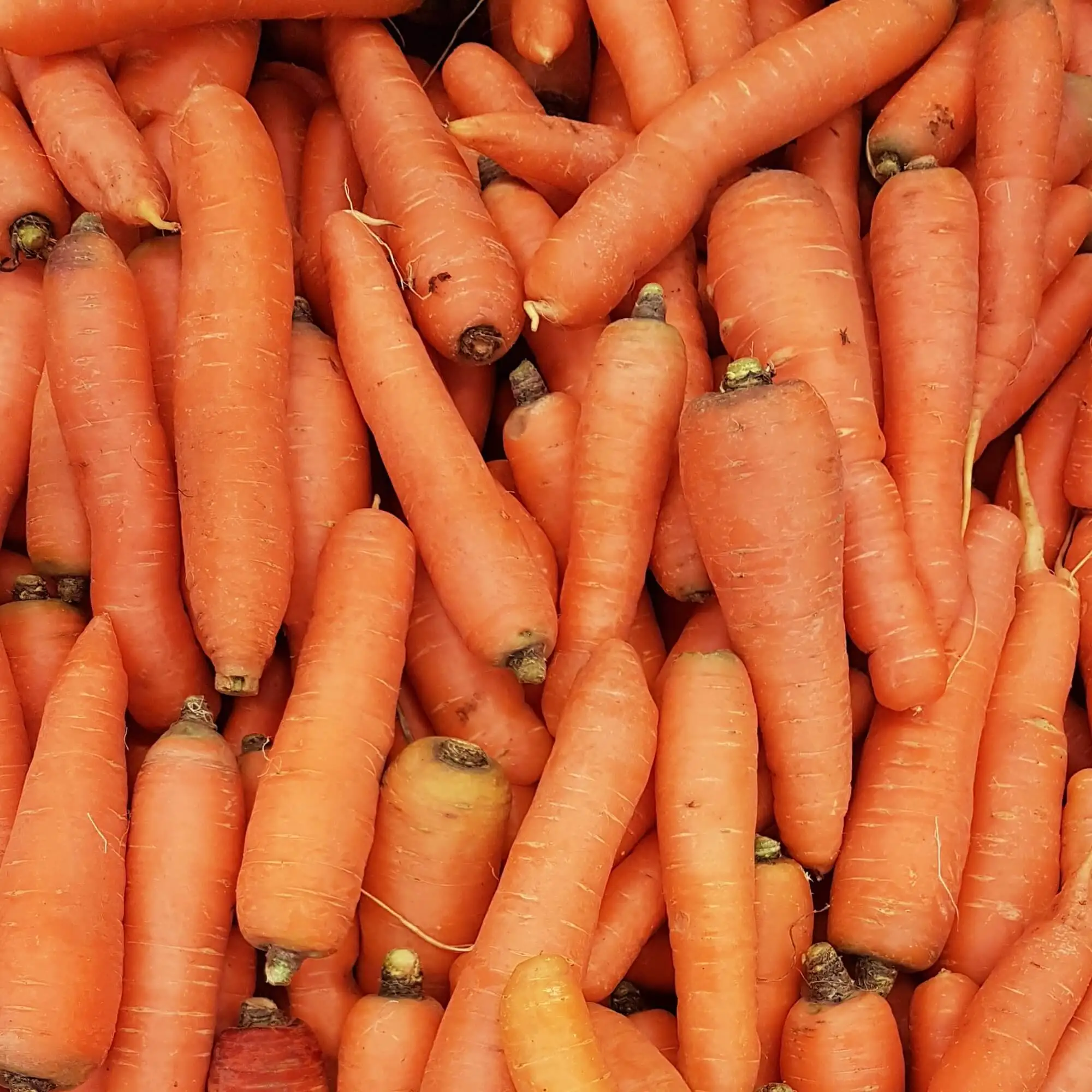
This phrase is typically a compliment for a productive gardener, or a brag from someone who lucked out, either way, someone ended up with a prolific garden. Curious about the history behind this adage resulted in these details form grammerist.com. We know that “In the 1600s, a bumper was an extra-large wine cup that when filled to the brim, held a great amount of wine. By the 1700s, the word bumper was used in conversation to mean a large amount of something. By 1830, this definition of the word bumper came to be used mostly in the expressions bumper crop and bumper year.” Bumper is an adjective. I’m calling it now, “bumper” is word ready for revival. Hmm, which celebrity will pick it up?
Companion Planting
This year I have put the companion planting strategy into place in my gardens. By planting plants next to those that have similar needs by way of pollination, pest reduction, or plant productivity. To help deter hornworms (those nasty tomato loving critters), I have borage planted aggressive hornworms off my tomato plants was not fun, and incredibly destructive to the plants themselves. Here’s hoping for a successful strategy!
Cuttings
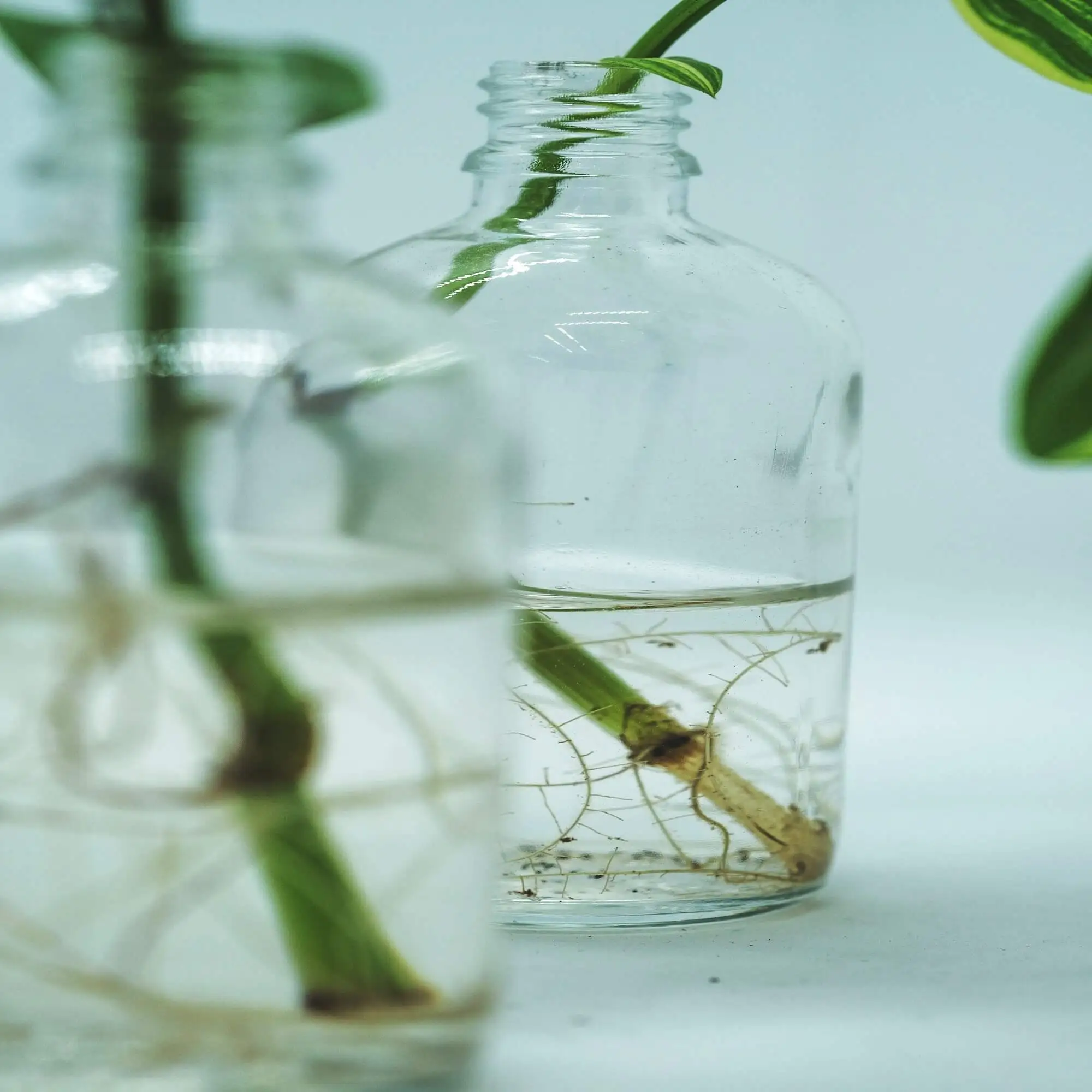
Propagating plants can sometimes be achieved by way of a cutting. A cutting itself is a leaf, stem, or bud cut from a parent plant and placed in water or planting soil to form roots and ultimately establish a new plant. I’m curious about this and have a purple heart plant which is supposed to be easy to propagate…watch for a future post on this topic.
Dampening Off
This is not good. Overwatering young seedlings can cause a fungus to grow in the soil and causes a seedling’s stem to decay and ultimately die. Be careful not to overwater and use a healthy starting mix to prevent dampening off to occur with your own seedlings.
Earth Up
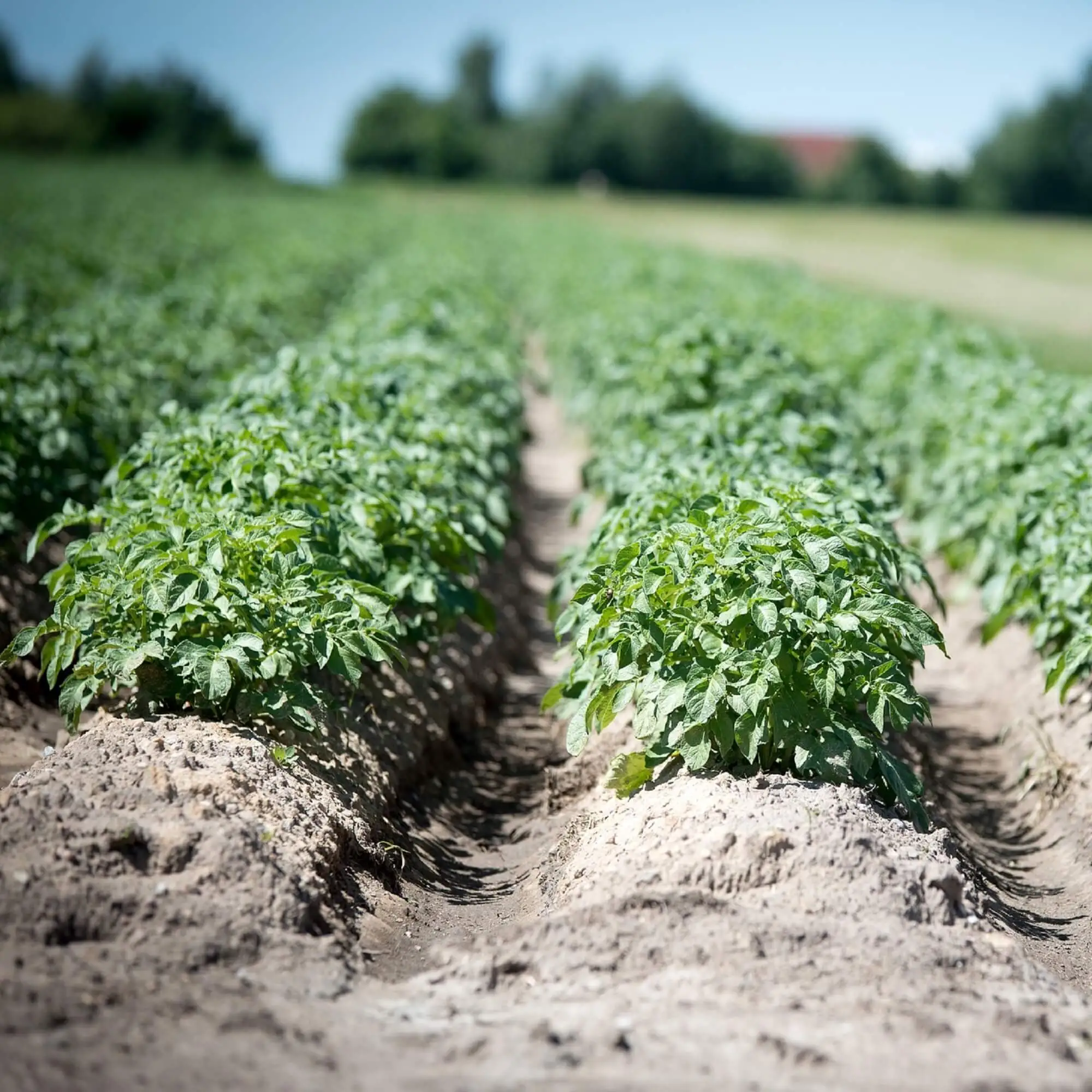
Does this not seem like an eco-friendly slogan?! Sorry to disappoint, but this is simply a practical technique where soil Is brought up around a plant to protect it from freezing temps and encourage root growth. Still seems like a slogan to me.
Hardening Off
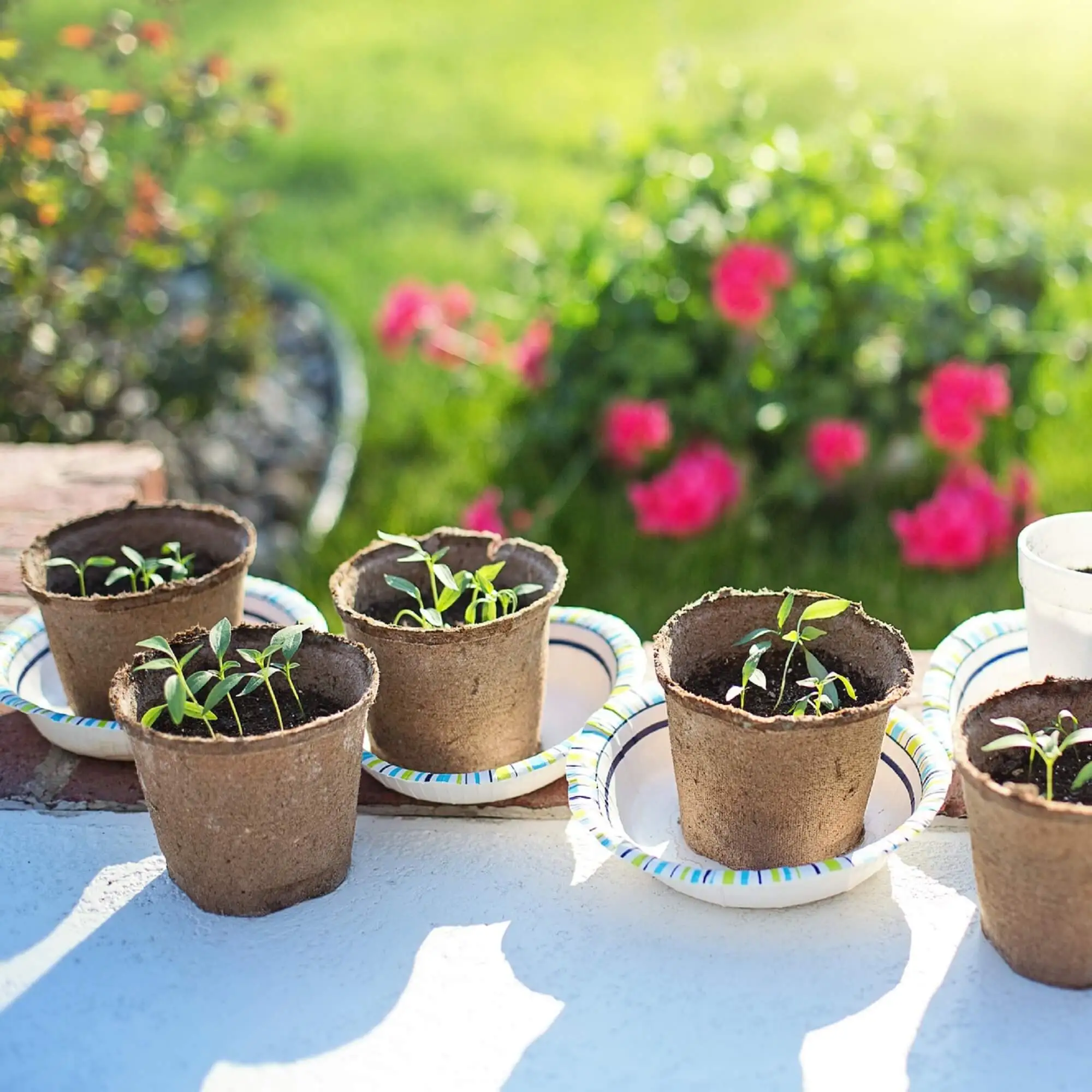
This may have been the first phrase I Googled after a friend mentioned that she “neglected to harden off her starts this year”. I shrugged and offered a polite response of, “oh, I’m sure they will be fine”, then crossed my fingers that my reply was sufficient. You better believe that just as soon as I was discretely able to do so, I pulled up Google to get an answer. Seedlings are typically started indoors to provide a controlled growing environment and protect seedlings from harsh temperatures, wind, etc. The hardening off process is a commitment, as plants are introduced to the outdoors for an increasing amount of time over a period of one to two weeks always bringing them in before the coldest temperatures at night. After the hardening off period, plants can be transplanted into the garden. Sheesh, that is a lot of work! I am impressed with anyone who cares for their seedlings in the fashion and feels that they are deserving of a bumper crop.
Leggy
I have to admit, when I first heard this term being thrown around, images of Iman and Heidi Klum with their enviable gams came to mind. Was I ever wrong! In gardening, a leggy plant has been deprived of sufficient sunlight, and as a result has grown tall, spindly, and weak. Yikes!
Mulch
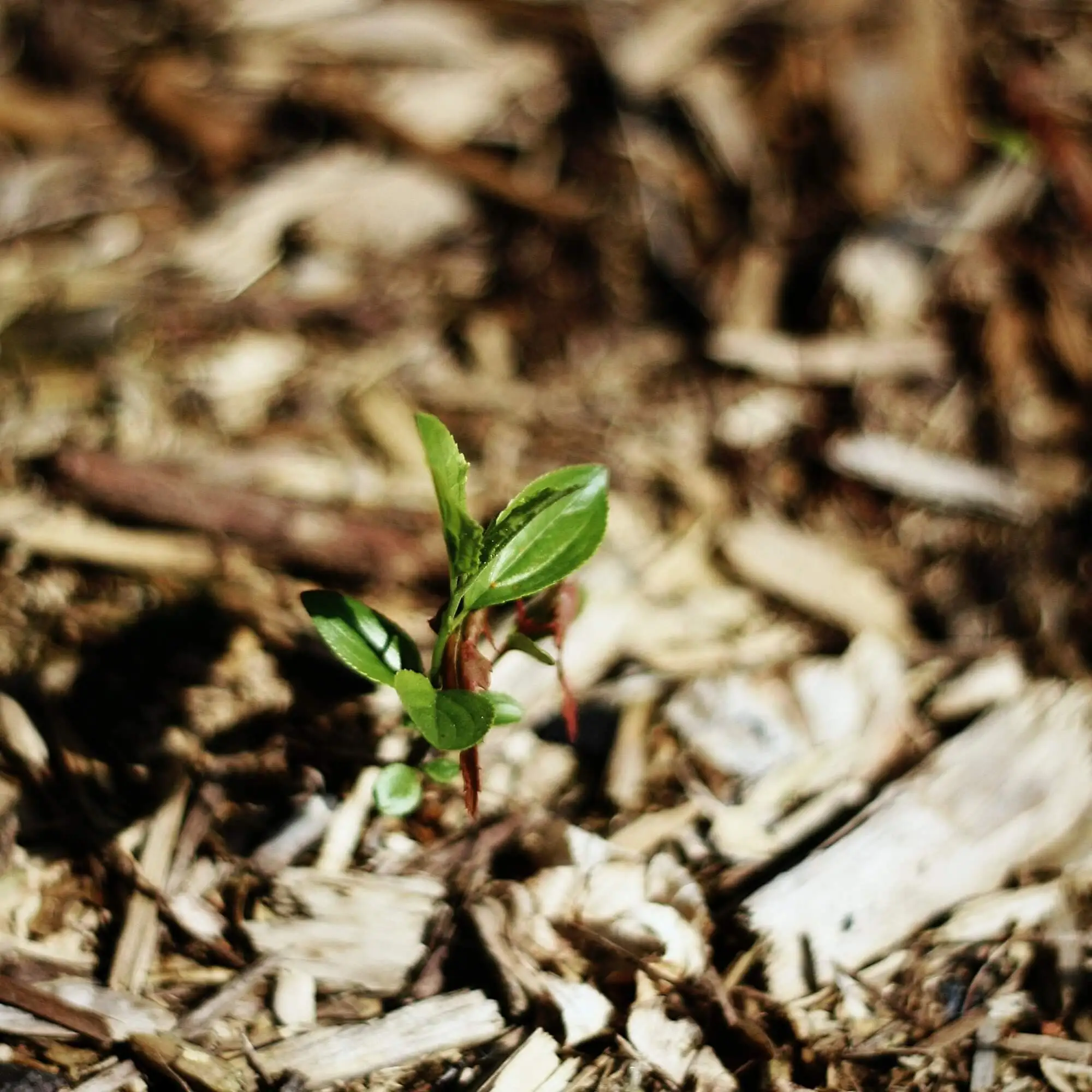
This ubiquitous term is used by seemingly everyone as the final step to completing your planting. But what is “mulch”? Is it fallen leaves, compost, gravel or something else? As it turns out, mulch doesn’t refer to specific material, instead the name refers to its purpose. Anything that helps soil retain moisture and prevent weeds from extracting nutrients from plants can be considered mulch. While I would prefer a more concrete answer, but having no other choice, have choice accepted this one.
Node
Whew, in the gardening world, this term is the subject of controversial pruning strategies. The node itself is a growth point on the stem of a plant. The node is not controversial. To prune or not and if so, when to prune, these are strategies that are debated by accomplished gardeners and arborists. Whole posts could be written on these strategies. I will spare you opinions on this one and stick with definitions.
Pinching Back
Have you ever found yourself watering in the garden only to find a few flowers that have passed their prime? I have and instinctively broke off the end with my fingers to promote growth (and improve the aesthetics). You may have done this yourself, and now you have the proper name for it.
Root Bound
Sometimes it is hard to know when a plant has outgrown its container or become “root bound”, but you now have resources! Check out The Spruce, they have articles to help identify these issues in both houseplants and plants from the garden center. While this is an issue, it can be fixed! The Spruce offers great advice.
Tuber
I naively thought that tubers were bulbs, they are similar but different. Both require patience, as you bury them underground and wait for them to bloom some months later. They are different in that tubers are roots or stems (think potato) while bulbs have a center bulb which is protected by layers (think onion).
No doubt, I have a lot to learn, and this list will likely never end. Oddly enough, I find excitement in knowing that there is much to learn I hope you take comfort in knowing that you aren’t alone. If you have a moment, please send me the gardening words or phrases that had you stumped. Even if only for a little bit.


